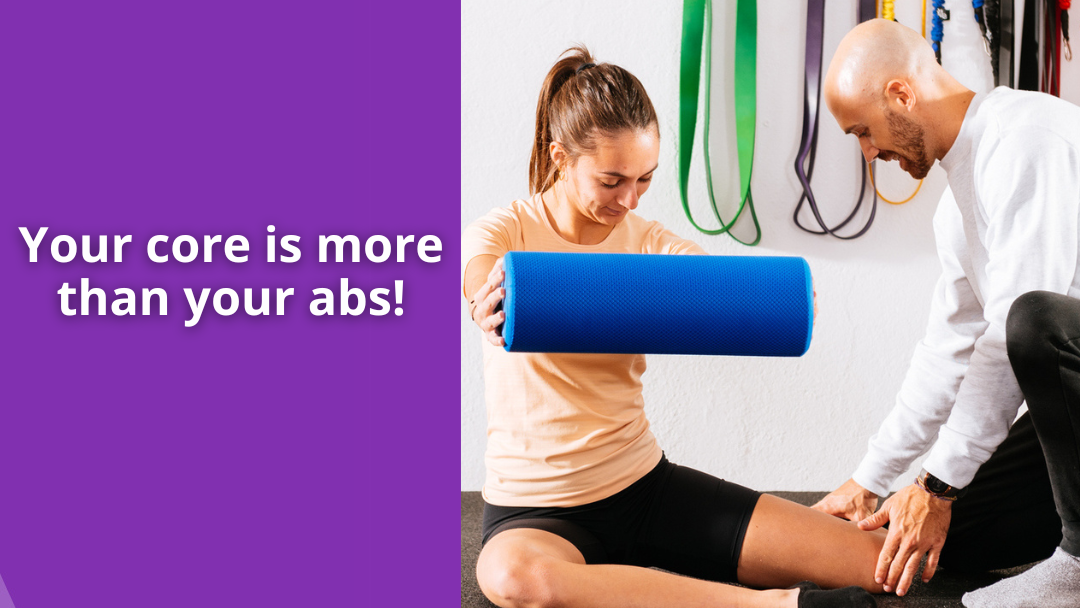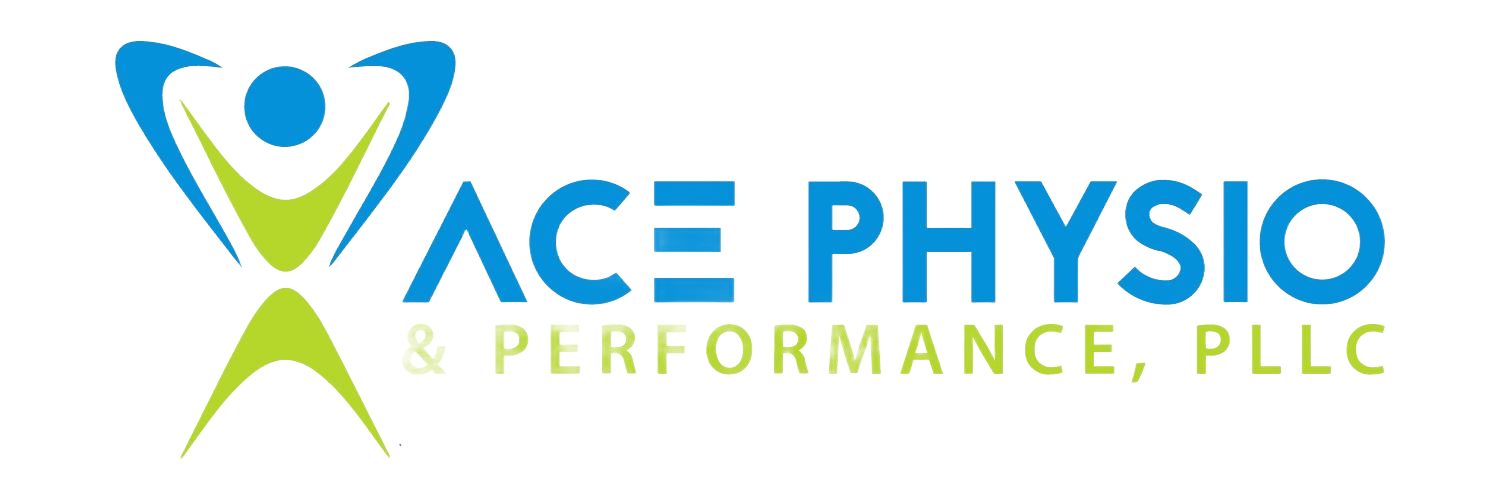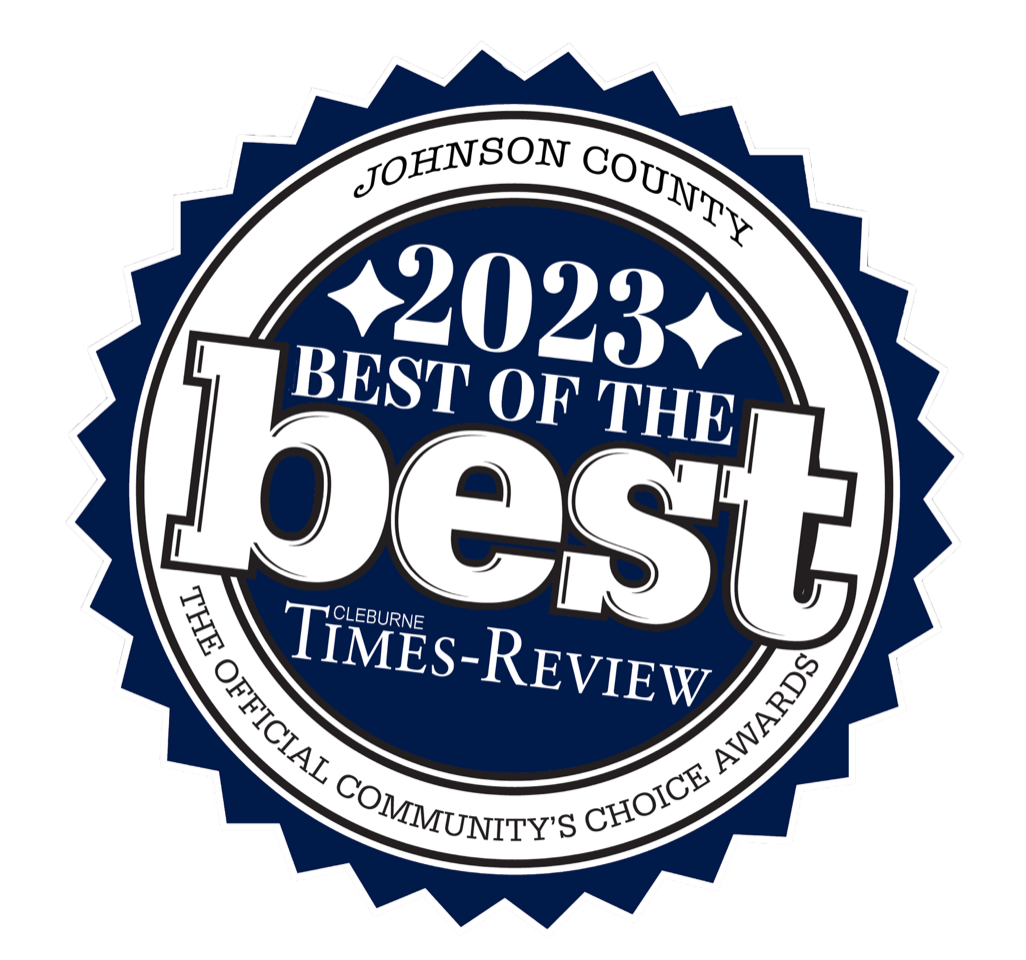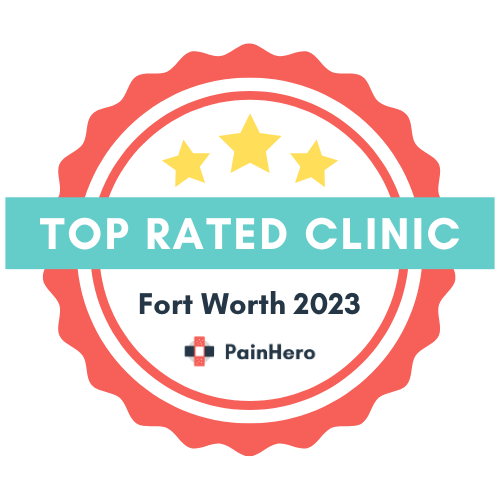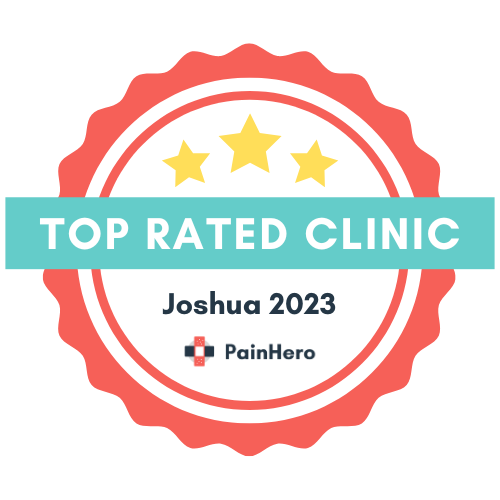Female Ballet Dancers' Perception of Dance-related Pain & Injury
I for one find ballet a beautiful form of art and sport combined with some of the most famous classical pieces of music ever. This art form starts for most participants at a young age with some having dreams of performing professionally. Unfortunately, as with most professional sports, few make it to this elite level of performance. Out of those elite few that do make it professionally, up to 95% of them encounter at least one injury yearly.
Since the 1960s, when ballet first started being studied, the prevalence of injuries among ballet dancers has remained constant. It isn't until recently that the impact of dancers' perception of pain and its effect on their health and performance has been brought to light.
Researchers have found that dancers' ability to cope with their pain is similar to other elite athletes. This highlights the importance of how dancers perceive and manage pain as the culture is used to dancing through pain and injuries.
Due to this being a cultural norm of dancing, a lot of dancers do not seek out health care providers while injured. Some even go as far as not informing dance instructors or choreographers. For many dancers, the fear of losing their job or performance roles is what holds them back.
This continued avoidance of dance-related pain and injuries needs to be addressed in order to minimize chronic muscular or skeletal injuries. Unfortunately, the constant avoidance of one's pain does have consequences, such as career-ending injuries or a reduction in quality of life. The minimal use of health care providers by dancers suggests this population is underserved and vulnerable with the increased possibility of pain and injury.
As a contract physical therapist with Texas Ballet Theater , I am thankful for the opportunity to work with these elite-level athletes. It is reassuring to know that some dance companies try their hardest to keep their performers in the best optimal health possible.
Don't keep thinking dance-related pain and injuries should be accepted. Take control of your health and seek out a health care provider to help you return to the active lifestyle you love.
REFERENCE:
Veirs, K. P., Baldwin, J. D., Fagg, A., Haleem, A., Jeffries, L., Randall, K., . . . Dionne, C. P. (2021). Survey of Ballet Dance Instructors and Female Dancers Concerning Perception of Dance-related Pain and Injury. Orthopaedic Physical Therapy Practice,33 (4), 226-233.

